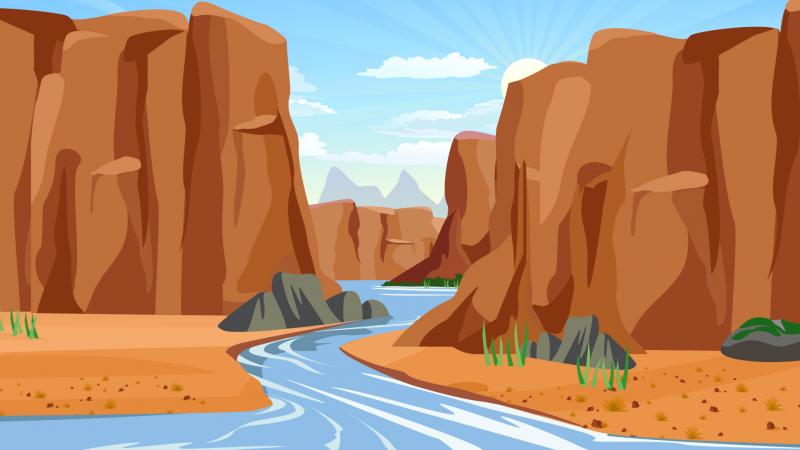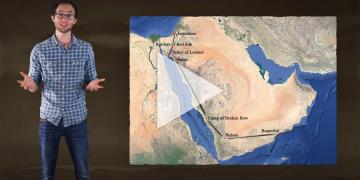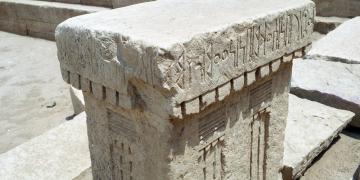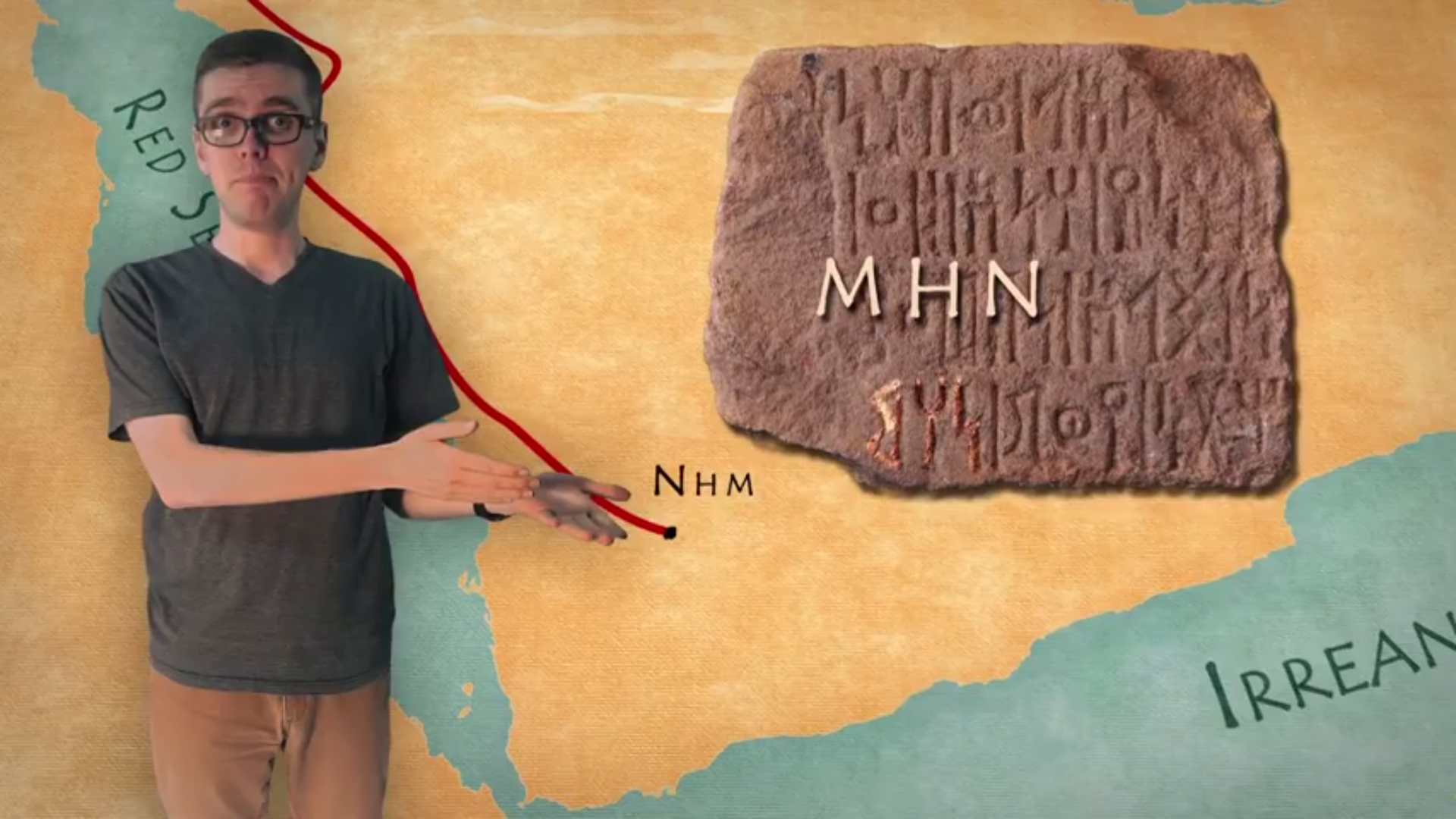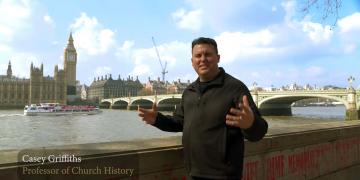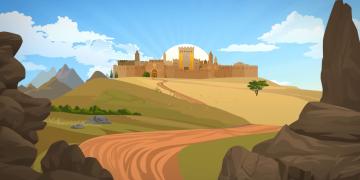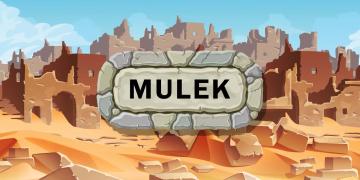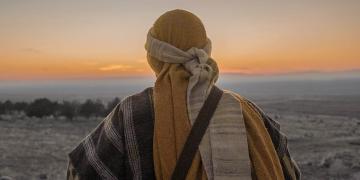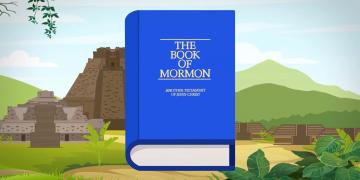You are here
Book of Mormon Central is in the process of migrating to our new Scripture Central website.
We ask for your patience during this transition. Over the coming weeks, all pages of bookofmormoncentral.org will be redirected to their corresponding page on scripturecentral.org, resulting in minimal disruption.
As part of a new video series, Evidence Central's YouTube channel has released a new video on Steel Swords in the Book of Mormon entitled, “Questions and Evidences #121 Valley of Lemuel.” This video draws from Evidence #121 on the Evidence Central website on The Valley of Lemuel.
Thanks to archaeology and on-the-ground surveying, scholars have made progress in identifying locations mentioned in the Book of Mormon. Along Lehi’s journey to the promised land, scholars have identified possible locations for Nahom and Bountiful. Evidence Central now presents evidence to help identify the Valley of Lemuel in a river-valley in northwest Arabia called Wadi Tayyib al-Ism.
This wadi sits between cliffs in the Sarawat Mountains of Arabia, and contains a perennial source of water, as described in 1 Nephi 2:6–10. Many riverbeds in Saudi Arabia overflow with water during the rainy season, however, a continuously flowing source of water is rare. Wadi Tayyib al-Ism does indeed contain a stream of water that flows out the Red Sea year-round. In addition, it is located in approximately the right geographic location, being three-days journey from Jerusalem (1 Nephi 2:6). Evidence Central summarizes,
The stream running through Wadi Tayyib al-Ism is currently the only documented perennial river or stream in northwest Arabia that continually flows into the Red Sea—and it happens to be within a narrow 30-mile window wherein the Valley of Lemuel should be located. It is impossible to be certain if Wadi Tayyib al-Ism is the Valley of Lemuel, but the existence of this site, at the right place, with its “firm and steadfast” granite walls and “continually running” stream, demonstrates with certainty that a river-valley like the one described in 1 Nephi 2 really exists.
Standard sources on Arabia in Joseph Smith’s day failed to document even the presence of wadis with seasonal rivers in this region. And even as late as 1984, a comprehensive geological survey concluded that Saudi Arabia “may be the world’s largest country without any perennial rivers or streams.” As Daniel C. Peterson asked, “How did Joseph Smith know about the Wadi Tayyib al-Ism? Even in our information-rich contemporary environment, what could most of us say about it?”
Further Reading
Evidence Central, “Book of Mormon Evidence: The Valley of Lemuel,” November 28, 2020, online at evidencecentral.org.
Subscribe
Get the latest updates on Book of Mormon topics and research for free


